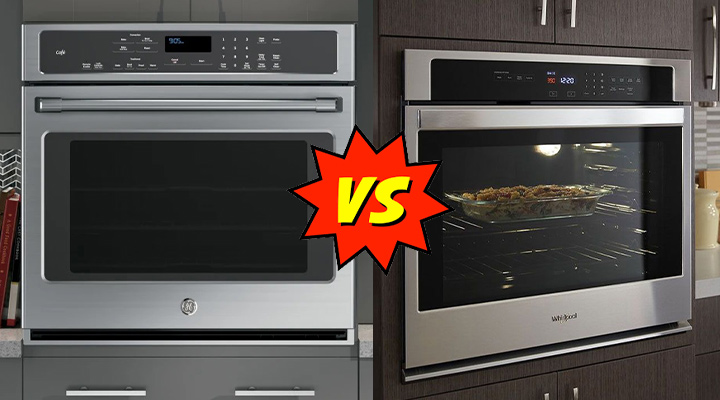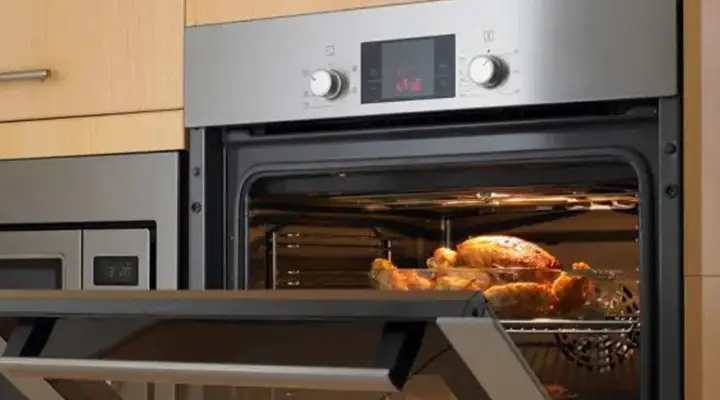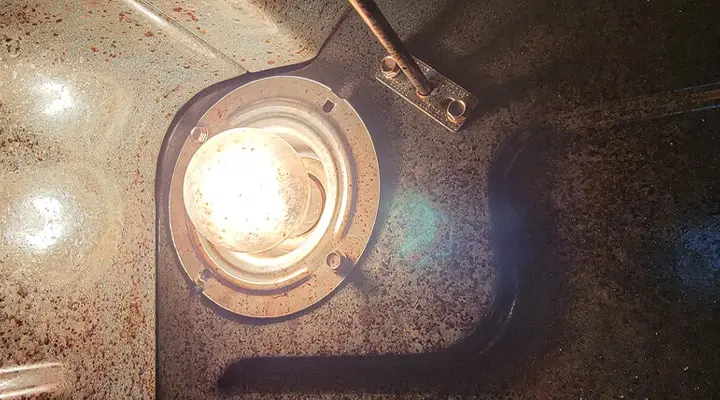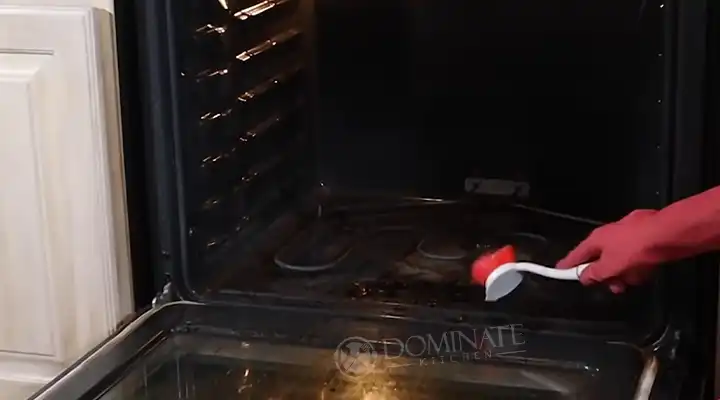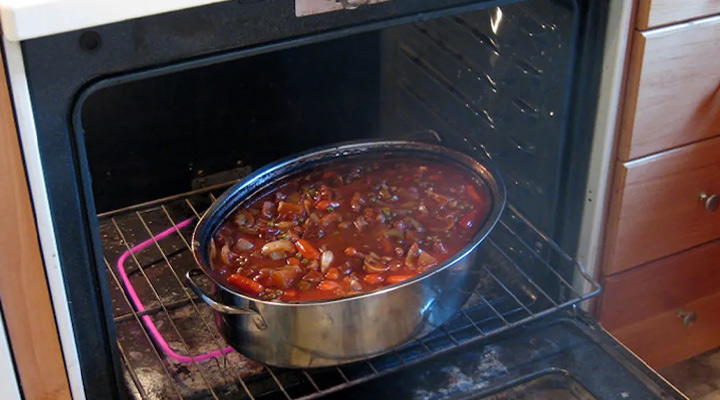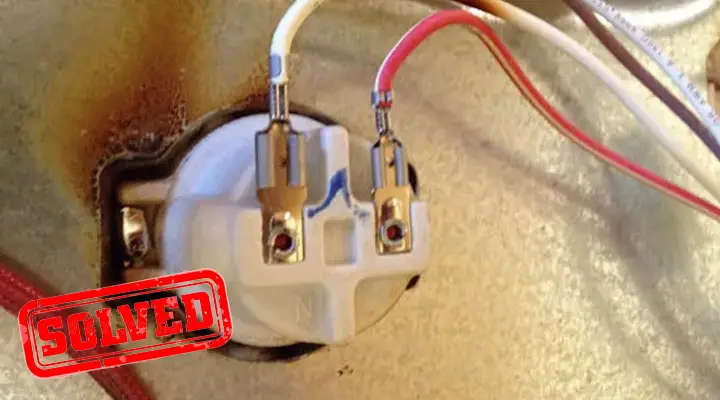Can Pyrex Glass Lids Go in The Oven? Pyrex Glass Lid Oven Compatibility
As a home cook and baking enthusiast, I’ve always had a fascination with Pyrex glass cookware. The versatility of Pyrex glassware is well-known, but what about those Pyrex glass lids? Can they go in the oven? In short, yes, you can use pyrex glass lids in the oven for up to 425 degrees or more.
In this article, I’ll explore this question in-depth, covering topics such as the temperature limits of Pyrex glass lids, safe usage in the oven, alternative options, and answer some frequently asked questions.
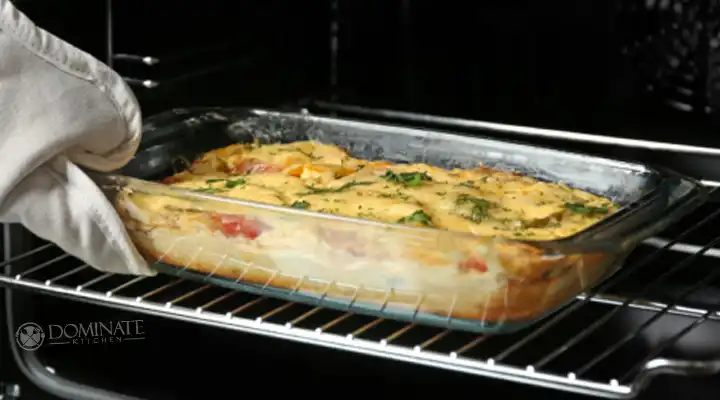
How Much Heat Can Pyrex Glass Lids Withstand?
The first thing to consider when using Pyrex glass lids in the oven is their heat tolerance. Pyrex glass is known for its ability to handle high temperatures, but it’s essential to understand the limitations to ensure safety.
Pyrex glass is designed to withstand a range of temperatures, typically from -40°F to 932°F (-40°C to 500°C). However, the exact heat resistance of Pyrex glass lids may vary depending on the specific product and its intended use. To be sure, always check the manufacturer’s guidelines, which are typically provided on the packaging or in the product’s documentation.
For example, Pyrex glass lids labeled as “Oven-Safe” are explicitly designed for oven use and can typically handle the high temperatures of conventional baking. Nevertheless, it’s crucial not to exceed the specified maximum temperature limit, which is usually around 450°F (232°C) for most Pyrex lids.
How to Use Pyrex Glass Lids in the Oven Safely
Using Pyrex glass lids in the oven safely involves several key considerations:
Check for Oven-Safe Labeling: Always look for the “Oven-Safe” label on the Pyrex glass lids. This indicates that the manufacturer has designed the lids for oven use and has tested them at high temperatures.
Preheat Gradually: When using Pyrex glass lids in the oven, it’s best to preheat the oven gradually. Place the Pyrex glass lid in the oven while it’s still cool, and then let it heat up with the oven. This helps to reduce the risk of thermal shock.
Avoid Rapid Temperature Changes: Pyrex glass can break when exposed to sudden, extreme temperature changes. For example, do not place a cold glass lid on a hot oven rack or transfer it directly from the freezer to a preheated oven. Allow the lid to come to room temperature before exposing it to extreme heat.
Use Proper Bakeware: Pair your Pyrex glass lid with oven-safe Pyrex or other high-quality cookware. This ensures that the entire cooking vessel is designed to withstand the heat.
Use Oven Mitts: Always handle the hot Pyrex glass lid with oven mitts or pot holders to protect your hands. Remember that the lid will become extremely hot when exposed to oven temperatures.
Avoid Direct Contact with Flames: Do not place the Pyrex glass lid directly on an open flame, stovetop burner, or under a broiler. Pyrex glass lids are intended for oven use but are not suitable for direct flame contact.
Use on Appropriate Oven Racks: Place your Pyrex glass lids on oven racks that are situated in the middle of the oven. This prevents them from coming into direct contact with the oven’s heating elements, reducing the risk of sudden temperature changes.
Monitor the Cooking Process: While using Pyrex glass lids in the oven, be attentive to the cooking process. If you notice any cracks or damage to the glass, remove it from the oven immediately to prevent shattering.
Alternatives to Pyrex Glass Lids
If you have concerns about using Pyrex glass lids in the oven or prefer alternatives, there are a few options to consider:
Stainless Steel Lids: Stainless steel lids are a durable and versatile alternative. They are oven-safe and can withstand high temperatures. Many cookware sets come with stainless steel lids that are interchangeable with glass ones.
Silicone Lids: Silicone lids are flexible, heat-resistant, and come in various sizes. They are safe for oven use and offer the advantage of being able to stretch to fit different pot or pan sizes.
Aluminum Foil: In a pinch, aluminum foil can be used to cover cookware in the oven. It’s not a lid in the traditional sense, but it serves the purpose of trapping heat and moisture.
Cast Iron Skillets: If you’re cooking in a cast iron skillet, the skillet’s lid (often included) is oven-safe. This is an excellent option for dishes like stews and casseroles.
FAQ – Common Questions About Using Pyrex Glass Lids in the Oven
Can Pyrex glass lids go in the microwave?
Yes, most Pyrex glass lids are microwave-safe. However, it’s essential to remove any metal components like knobs or handles before microwaving.
Can I use Pyrex glass lids in a convection oven?
Yes, Pyrex glass lids are suitable for convection ovens as long as you adhere to the recommended temperature limits and safe usage guidelines.
Can Pyrex glass lids go in the dishwasher?
Many Pyrex glass lids are dishwasher-safe, but it’s advisable to check the manufacturer’s instructions to be certain. Hand washing is a gentler option if you’re concerned about potential wear and tear.
What should I do if my Pyrex glass lid cracks or shatters in the oven?
If you notice any damage or cracks, carefully remove the lid from the oven and discard it. It’s essential to avoid using damaged glassware to prevent accidents.
Can Pyrex glass lids be used on the stovetop?
Pyrex glass lids are generally not designed for stovetop use. They can break when exposed to direct flame or high stovetop heat.
Conclusion
In conclusion
Pyrex glass lids can indeed go in the oven, provided they are labeled as “Oven-Safe” and are used within their recommended temperature limits. Taking necessary precautions, such as preheating gradually and avoiding rapid temperature changes, will help you use them safely.
However, if you have reservations about using Pyrex glass lids in the oven, there are alternative options like stainless steel lids, silicone lids, aluminum foil, and cast iron skillet lids that can serve your needs without the concerns associated with glass.

